by
Tracy Renee Jones
There wasn’t much in terms of television that caught my attention as a child. I wasn’t allowed to sit in front of the t.v. but for certain occasions so I don’t recall actually watching Good Times when it was aired. I do recall seeing the show for the first time and being amazed at the small family consisting of the Evans clan, since it was the first time I saw a Black family on television that was kinda sorta similar to my own.
Good Times is an American sitcom that originally aired from February 8, 1974, until August 1, 1979, on CBS. It was created by Eric Monte and Mike Evans, and developed by Norman Lear, the series’ primary executive producer. Good Times is a spin-off of Maude, which is itself a spin-off of All in the Family.
I clearly remember my mother and grandmother watching Maude, if I’m not mistaken, I think I enjoyed the show, too. I was quite young at the time, and so some of the story was too involved to make sense to a 4 year old. I was surprised to see a Black woman on a television show with white people since Black faces were in short supply in the early 70’s.
Florida and James Evans and their three children live in a rented project apartment, 17C, at 721 N. Gilbert Ave., in a housing project (implicitly the infamous Cabrini–Green projects, shown in the opening and closing credits but never mentioned by name on the show)[1][2] in a poor, black neighborhood in inner-city Chicago. Florida and James’ children are James Jr., also known as “J.J.”, Thelma, and Michael. When the series begins, J.J. and Thelma are seventeen and sixteen years old, respectively, and Michael, called “the militant midget” by his father due to his passionate activism, is eleven years old. Their exuberant neighbor, and Florida’s best friend, is Willona Woods, a recent divorcée who works at a boutique. Their building superintendent is Nathan Bookman (seasons 2–4), to whom James, Willona and later J.J. refer as “Buffalo Butt”, or, even more derisively, “Booger”.
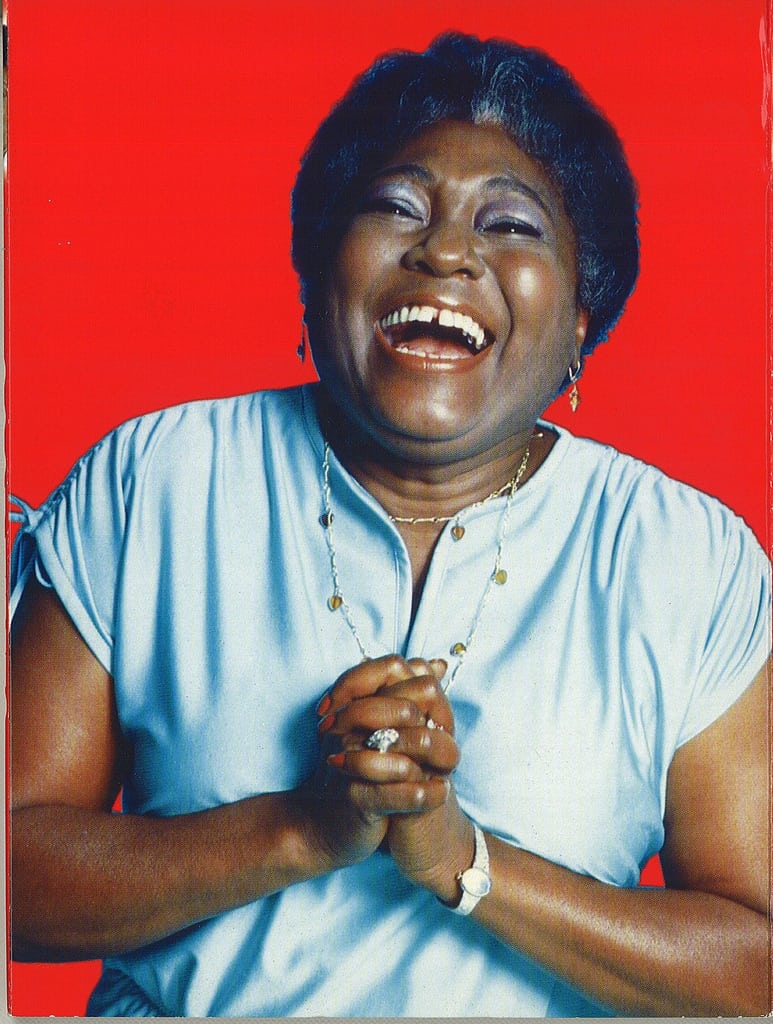
Florida Evans was my mother. Dark mahogany skin, a close cropped haircut and a wide smile with that gap in her tooth. Florida Evans possessed a striking resemble to the woman that raised me. It was peculiar to know that my mother was actually a prototype in looks if not behavior. Florida Evans had a pleasant nature and seemed to really love and enjoy her three children.
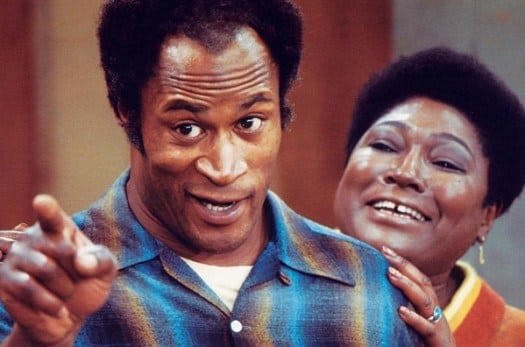
James Evans was similar to my Daddy, Big Jessie, in many ways except his being constantly unemployed. My father worked the same blue collar job from the time I could remember until the time he retired and then passed away.
I recognize the ‘come hither’ darkening of the eyes that Florida does to James when she wanted to persuade him to see things her way. I noticed my mother doing something similar to my Dad during conversations that were kept at a low hum beneath my ability to eavesdrop.
I had no friends in housing projects and so I assumed a project was just an apartment building with brick red walls and lots of cool people in the hallways. The shows list of characters that stand out to me even now, like the infamous and enterprising booster ‘Len-nay, and if you need it. He’s got plen-nay (plenty)…” because our neighborhood suddenly had a collection of such people.
Michael was a serious child and very into politics and social activities. I liked what he had to say because my Grandmother was a social justice activist. I was taught to ‘fight the power’ since toddler lap time spent at the election polls with my mother and my Alabama bus boycotting Grandma Hill. Michael also had an amazing voice and I really enjoyed the episodes that featured his singing.
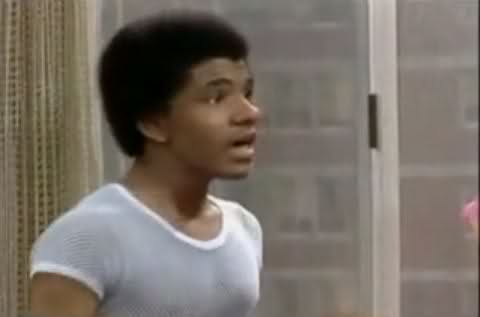
“Jay-Jay” was the hippie artist whose work is featured at the beginning credits of the show. I LOVED seeing the artwork featured on the show as having been created by the character Jay-Jay.
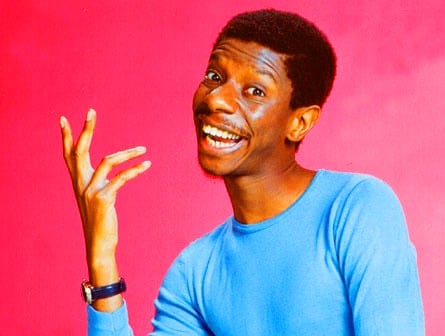
These scenes probably accounted for the first time I ever saw African American themed artwork. Much of the work featured belonged to Earnie Barnes who was an African American artist whose work featured human subjects with elongated arms and legs. This is due to the fact that Earnie Barnes (RIP) was a tall thin man whose lithe appendages found their way into his representation of African American contemporary culture.
I didn’t understand his role as an aspiring ladies man but I was very interested in the show’s discussion of ‘art school’ since I was unaware that there was an actual school where one could go and create all day long.
I didn’t know if the place was real or not, since the pursuit of art isn’t, nor has it ever been, an upwardly mobile African American aspiration.
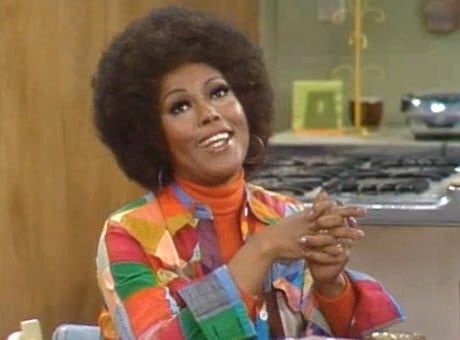
Willona was the bestie of Florida Evens and I loved to see her enter the room. With that loud voice, big curly hair and fashionable grown woman attire, I only wished my mother had a friend that dam awesome. Willona changed looks with ease.
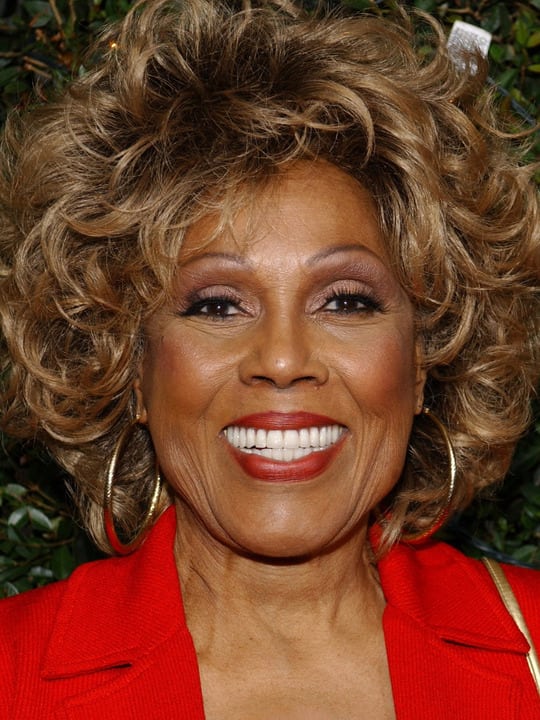
I recall her wearing form fitting bell bottoms and platform shoes, go-go boots with short skirts that showed lots of shapely thigh, a corduroy smock dress with a printed scarf and page boy hat, Willona’s fashion sense STILL influences my signature style.
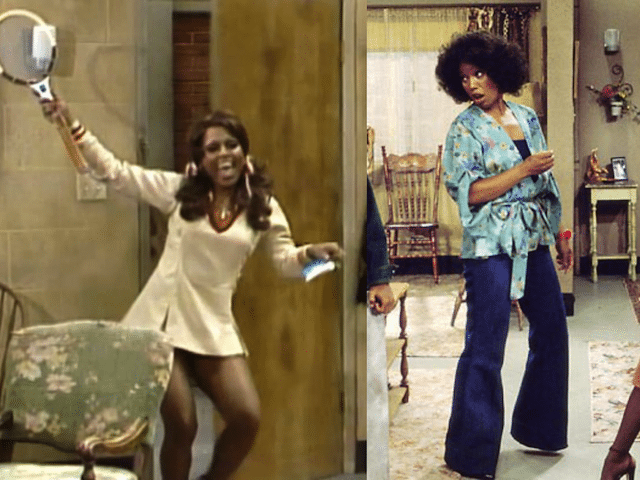
Velma was the lone family daughter. A dance student whose physique powered many a young boy’s fantasy. Her delicate Afro hair style and hip hugging slacks gave the perfect mix of ‘good girl’ vibe as she became the prototype to the type of girl that young boys wanted to marry. I would channel Velma as I envisioned myself one day growing taller, thinner and more svelte since complaints of my muscular wide legs are most of what I remember about my own pursuit of the art of dance.
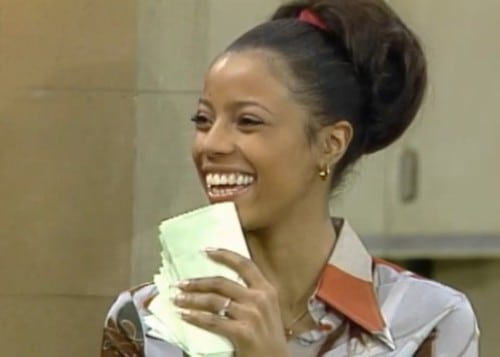
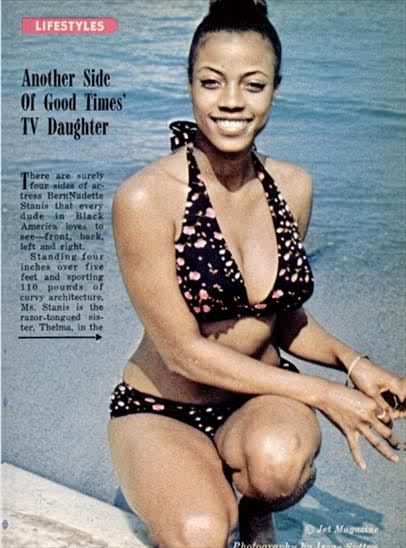
And need I mention the little and cutest Jackson daughter ever! Baby girl Janet Jackson played the role of “Penny” and was a regular on the later Good Times episodes as she became the adopted daughter of Willona after Willona reported Penny’s character’s mother for child abuse.
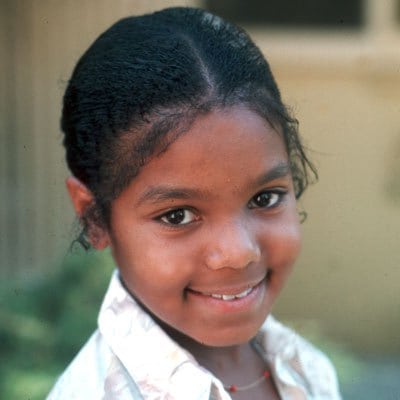
This story theme was relevant to me also since my mother was a foster mother and I was aware of children abuse by parents and removed from homes since my home served as a refuge for such children.
Art, music, dance, cool family friends, the neighborhood booster that kicked rhymes, a militant aspect, a supporting mother, a proud father, a tight knit family structure and lots of normalcy——-GOOD TIME…AIN’T WE LUCKY WE HAD UM!?
I sure think so……….